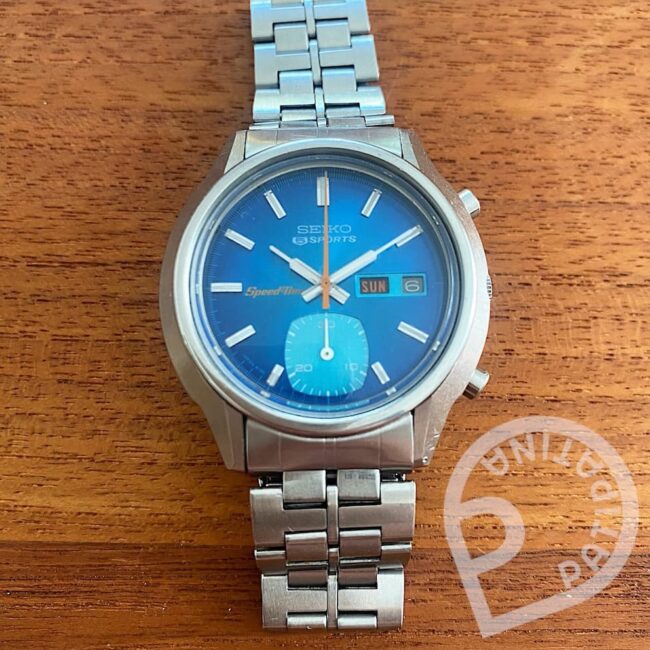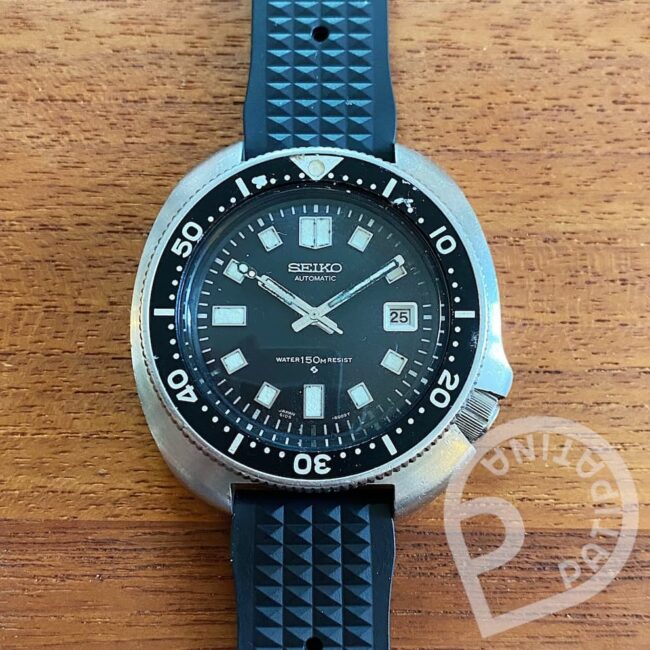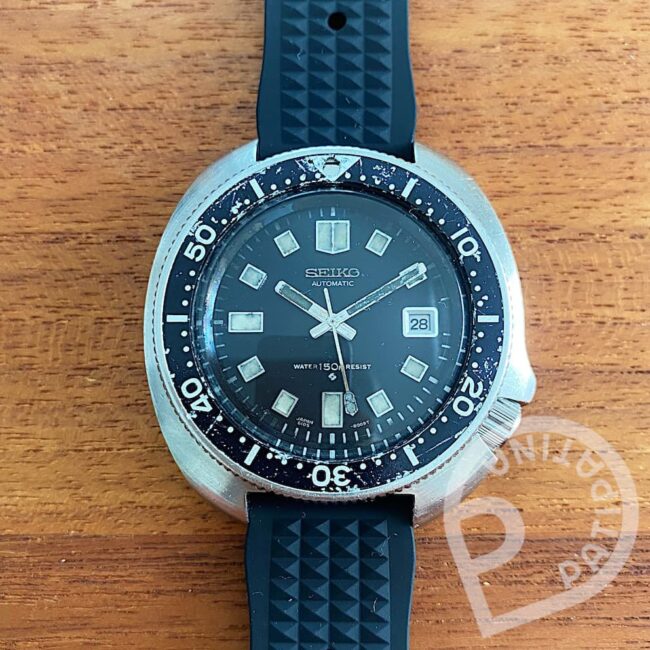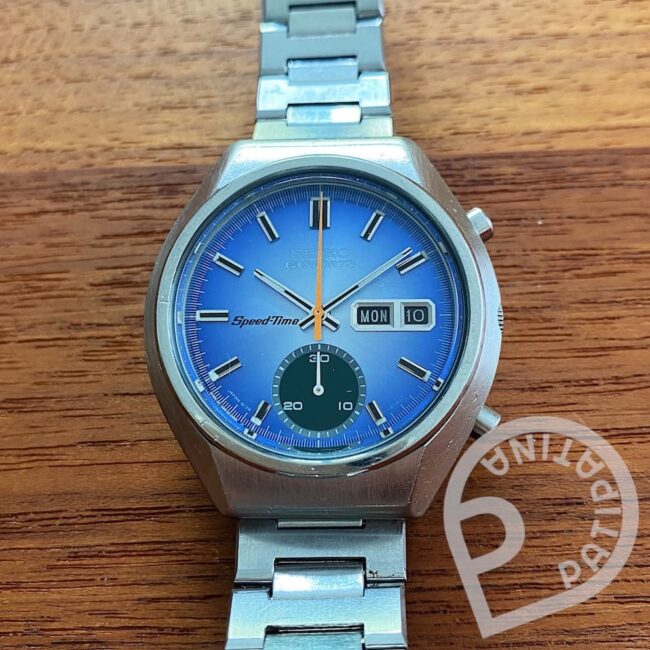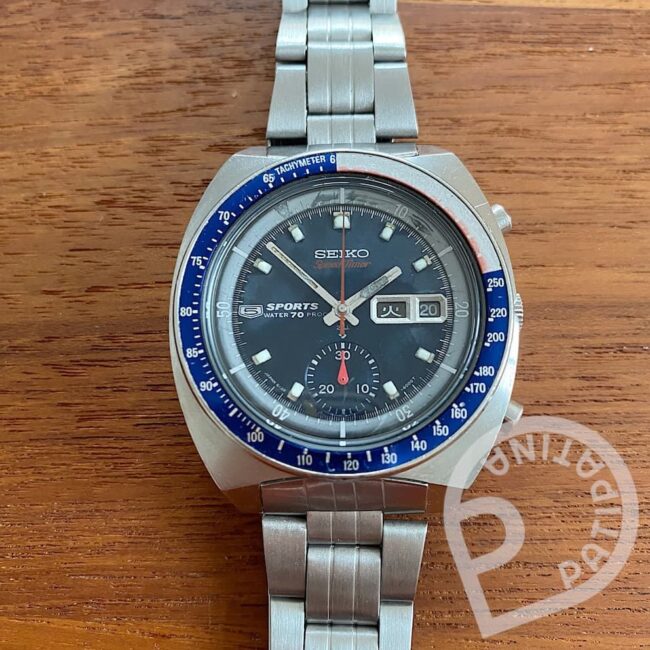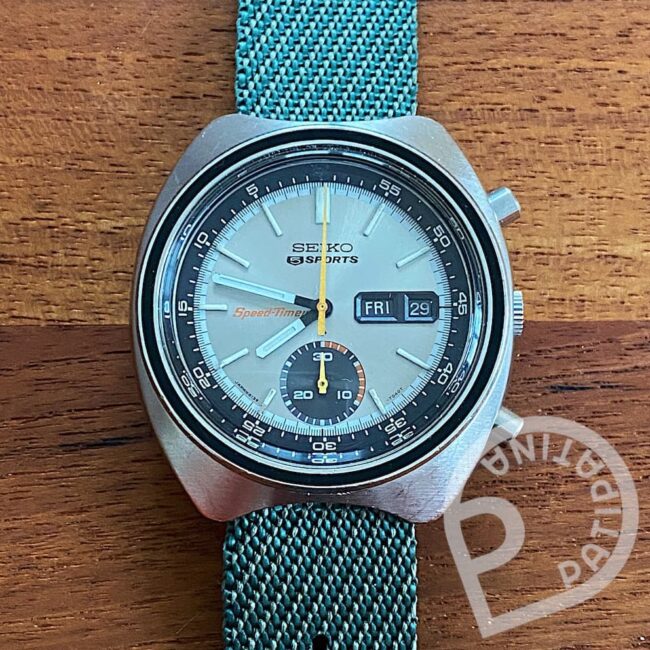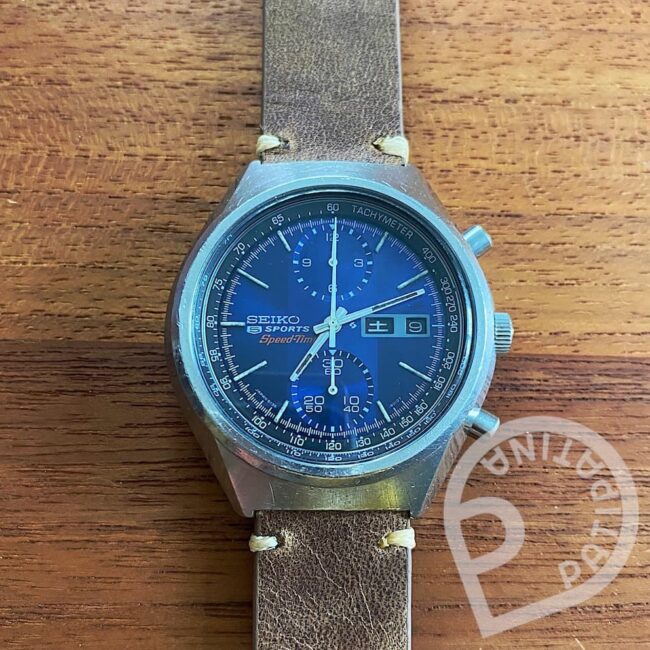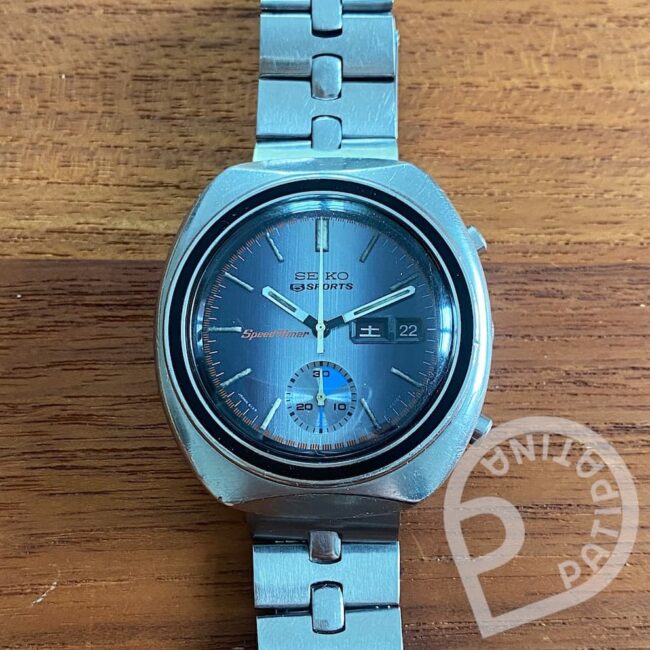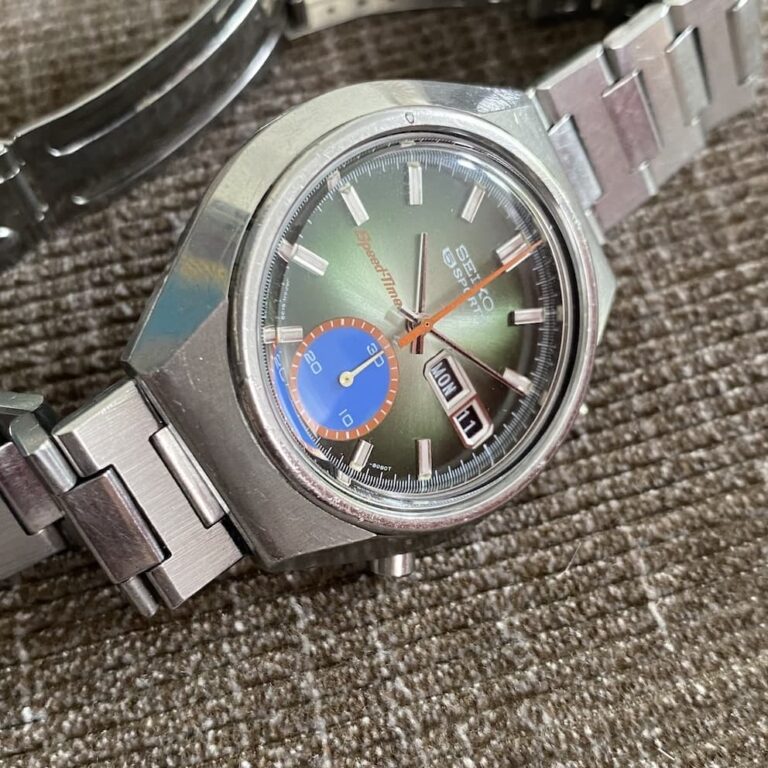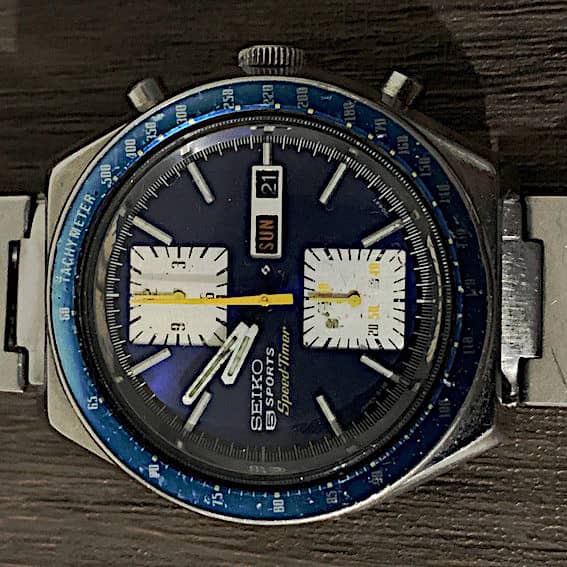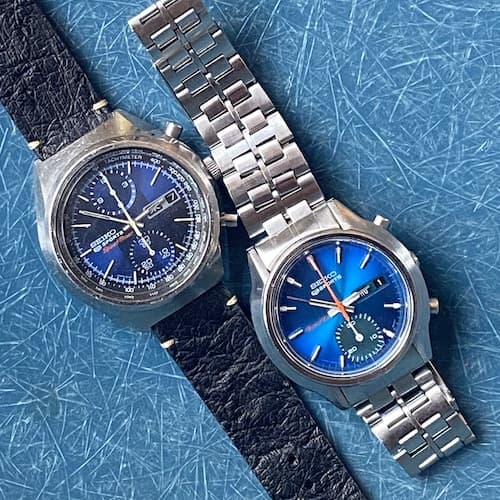Decoding VINTAGE SEIKO Watches: Originals, Mods, Impact of Aftermarket Parts + Fakes
Navigating the World of Vintage Seiko Watches
The allure of vintage watches goes beyond mere timekeeping; it’s a journey into the rich history, craftsmanship, and character encapsulated in each timepiece. As enthusiasts and collectors delve into this world, they encounter the nuances of distinguishing between original watches, modified pieces, and the ever-prevalent specter of fakes. In this exploration, we’ll delve into the distinctions, with a nod to the role aftermarket parts play in preserving the essence of these horological treasures.
As Amazon Associate I earn from qualifying purchases. I may receive a small commission at no additional cost to you for purchases made through links in this post.
Originals – Preserving Timeless Authenticity
Original vintage watches are timepieces that have retained their authentic form since their creation. Untouched by modifications or alterations, these watches stand as tangible artifacts from a bygone era. They have weathered the years without any changes, embodying the design, craftsmanship, and technology of their time. For collectors, owning an original vintage watch is about connecting with history in its purest form, experiencing the watch exactly as its maker intended. These timepieces encapsulate the design, technology, and aesthetic sensibilities of their time, making authenticity the cornerstone for collectors seeking a genuine connection with history and appreciating the watch as it was conceived by its maker.
So much for the definition. But what about the demarcation? If Seiko has installed a so-called “service hand”, is it still original? Or if an identical hand was installed, perhaps from a donor watch? Is a replacement crystal an aftermarket part these days and therefore the watch is not original anymore? Or what if the bracelet was replaced? Well, I’m not interested in the bracelets, I prefer leather straps with a vintage look. And as far as the inner values are concerned, it should have the correct hands, not necessarily the original ones. The movement (for example 6139A or 6139B should be the right one and match the year of manufacture as well as the dial should match the case back according to the year and month of production (with a deviation of up to 3 months according to Seiko sources). Topic closed, original vintage Seiko watch.
Mods – Breathing New Life into Timeless Classics
Watch modifications, or “mods,” involve altering certain elements of a vintage watch to cater to personal preferences or modern aesthetics. As collectors seek to personalize and rejuvenate their vintage treasures, the realm of watch modifications comes into play. These modifications can range from subtle changes, like swapping out hands, dials or bezels, to more extensive alterations such as upgrading to sapphire crystals or customizing movements. Modifying a watch allows for a fusion of historical craftsmanship with modern preferences. While purists may argue that mods compromise the authenticity of a vintage piece, others see it as a way to breathe new life into classic designs and make the watch uniquely their own. Proponents of modifications view it as a means to tailor a vintage piece to one’s individual taste, showcasing a harmonious blend of history and personal style.
So, is it still an original if I take the entire movement with dial and hands of a vintage Seiko watch and put it in a different case because I like it better? Hell yeah, it’s still an original vintage Seiko watch with all the parts made by Seiko in the 1970s. In a different composition, yes, but in the 1970s people were also smaller, had thinner arms and didn’t have iPhones. Well, there is obviously a difference between light and bold mods. The just mentioned example I would call a light mod. If I were to start milling out a case to fit another clockwork from a random Swiss manufacturer into it, that would be something different. But blending original Seiko parts together in a different way still makes an original Seiko in my opinion.
My Seiko Mod Example
As I said numerous times, I like the vibe, style, design and colours of the 1970s quite a lot. In terms of cars, guitars and watches alike. When I saw a neglected Seiko 6139-8010 for sale, I pulled the trigger and bought if off ebay years ago. And like all these stories, had the watch in a drawer for quite some time, moved several times in between and found it all over again while unpacking one of a hundred boxes in the new house. At around the same time, I needed parts for a 6139A movement my buddy was working on for me so I opened the box with all the donor watches I accumulated in the late 1990s when I was in Japan for a longer period of time. Grabbed a tired 1970s 6139-8000, took the movement including dial and hands out and gave it my watchmaking buddy (Yes, he is a professional, yes, for Seiko watches, yes, he’s taking jobs but not from new clients, he’s 15 years before retirement and has enough work to do, he doesn’t want to deal with “new” people anymore ;-)). Anyway, I had the case in my hands and the neglected black PVD coated 6139-8010 and that old idea came back to me. So I’ve just put the watch from the 8010 case into the 8000 case, added a nice suede leather strap – and there you go. Checked the watch with the timegrapher, excellent results – done! How do you like it? Let me know!
Unfortunately, just like with steering wheels, I have way too many and decided to let this one go. But this one is gone already, I am truly sorry (and miss my Seiko Mod already).
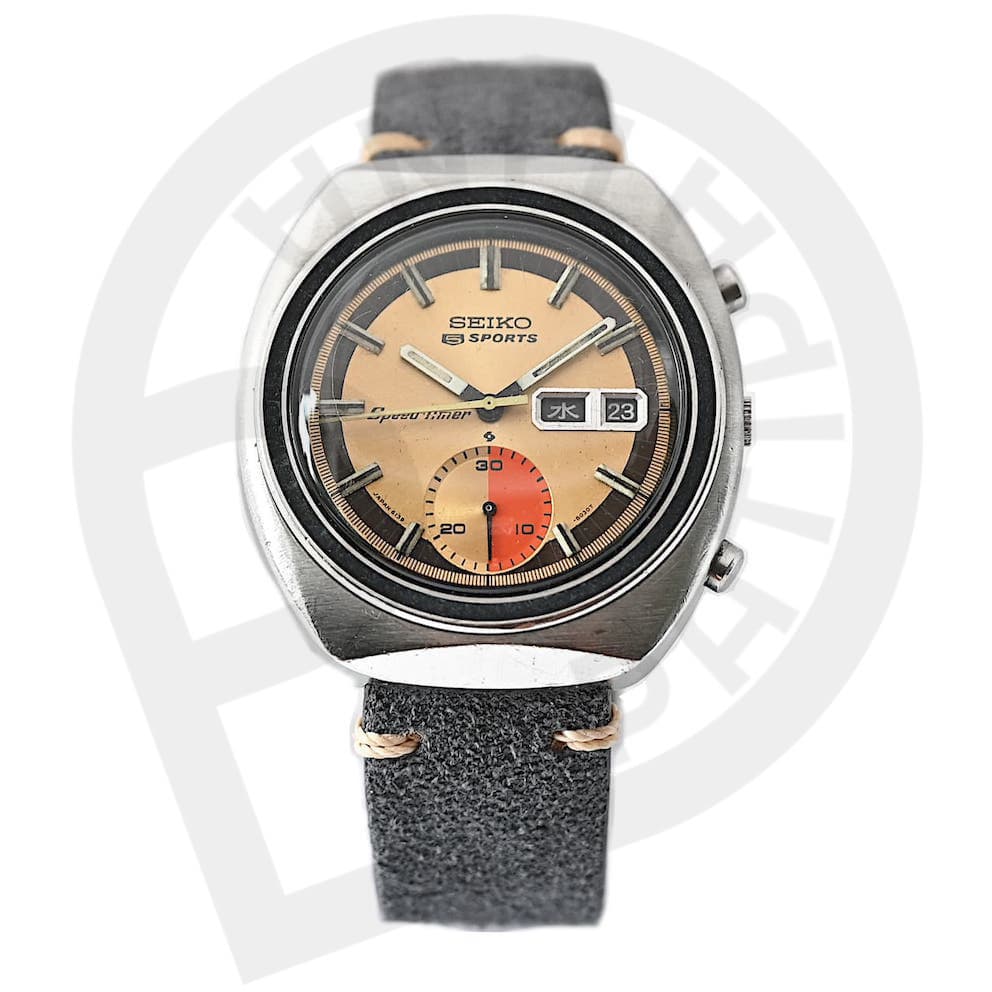
The Aftermarket Renaissance
One thing in advance – I prefer original, but if there is no chance of getting an original part? What then? Throw away the watch? Leave the watch to live a lonely existence in a drawer that it really wasn’t intended for?
Watches adorned with aftermarket parts seamlessly blend the craftsmanship of yesteryears with the demands of modern practicality. These timepieces incorporate components produced by third-party manufacturers after the original production run. Serving as replacements for worn or damaged elements, aftermarket parts become the unsung heroes that perpetuate the functionality and visual charm of vintage watches. From dials and hands to crowns and movements, these parts play a crucial role in the meticulous preservation of these horological treasures. While some purists lean towards the allure of an all-original timepiece, others recognize the integration of aftermarket parts as a pragmatic solution to ensure their watches remain in operational order while still carrying the weight of historical significance. And I’m one of the latter, although I think it’s important to label the use of aftermarket parts when selling.
Distinguishing Fakes – The Peril in Reproductions
Unfortunately, the allure of vintage watches has led to a surge in counterfeit reproductions flooding the market. I don’t want to talk too much about them, they don’t deserve a stage, other than, I can’t stand fakes. Whether they call it a fake, a super-fake or just an homage, people should come up with their own ideas and designs rather than just copycat the cat, I mean, copy a watch. Fakes are a thing to avoid at all cost, period.
Preserving Heritage
The delicate dance between originality, modifications, and the influx of aftermarket parts underscores the evolving nature of the vintage watch market. While some purists may argue for an untouched, original experience, others see modifications and aftermarket parts as a way to let a watch evolve gracefully, adapting to changing tastes and functional needs.
In the realm of vintage watches, each piece tells a unique story. The distinctions between originals, mods, and fakes enrich the collector’s journey, offering a dynamic and multifaceted appreciation for horological heritage. As the vintage watch community continues to thrive, the careful balance between preservation and adaptation ensures that these timeless timepieces continue to capture the hearts of enthusiasts for years to come.
